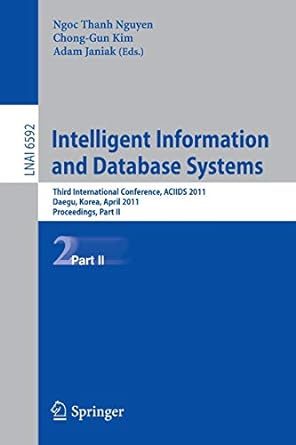1. How many binary patterns can you create with 6 bits?
2. The first step in the Instruction Cycle is ________.
3. Which of the following are advantage of programming in assembly language? (Select all that apply.)
| | easy to learn compared to high-level languages |
4. During which phase the instruction cycle is an instruction retrieved from memory?
5. Inside the CPU, which register keeps track of where the next instruction fetch comes from?
6. In the ARM chip, register ________ is the stack pointer.
7. Each register in the ARM Cortex CPU programmer's model is ________ bits wide
8. Which instruction would you use to load register R4 with 20000008 hexadecimal?
9. Assume that R8 contains the value 20000000 hexadecimal. Which instruction would you use to load the 32 bit word addressed by R8 + 4 into R1?
10. Assume that R0 contains the hexadecimal value 20000000. If you want to store the 32 bit value in R5 at the address 20000008, without changing the value in R0, which instruction would you use?
11. You are using R1 as a loop counter and you want to add one to the register content. Which instruction would you use?
12. Consider the width of the ARM registers and data bus. The natural size data type for the ARM Cortex family is ________ bits. (Please enter a number.)
13.If our CPU can execute one instruction every 32 ns, how many instructions can it execute in 0.1 s ?
14. If you were translating an if..else statement from pseudocode to ARM assembly language, and the logical operator used in the if was ==, which branch would you use following the CMP instruction?
15. If you were translating an if..else statement from pseudocode to ARM assembly language, and the logical operator used in the if is >, which branch would you use following the CMP instruction?






